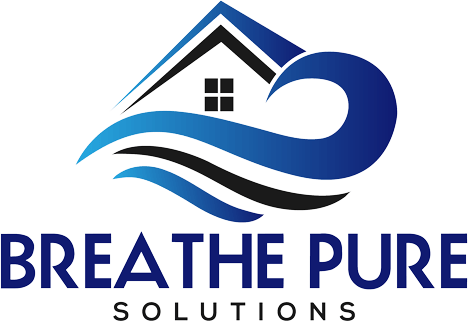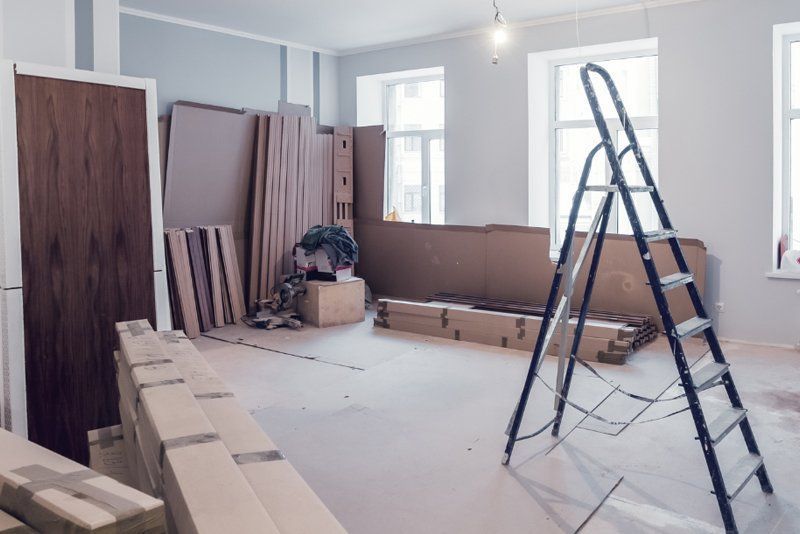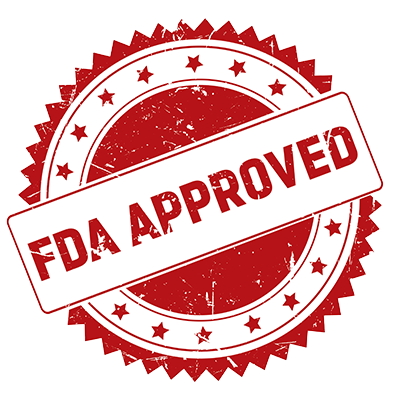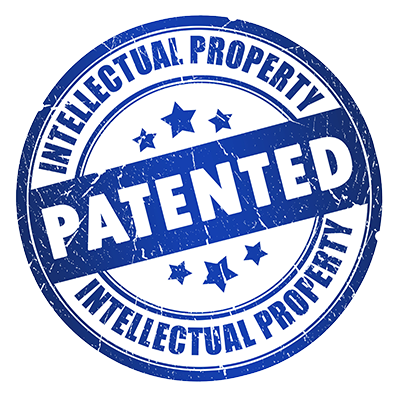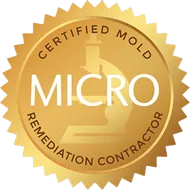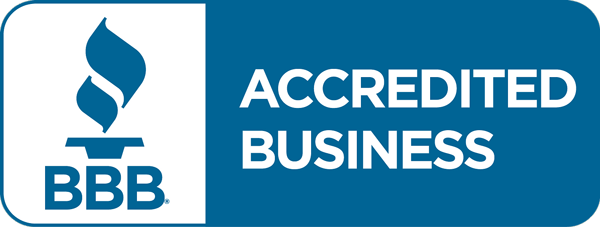I have concluded that mold and “mold load” in homes is getting worse, not better. Over the past 40 years, we have made some significant changes, that have negatively affected our home's indoor air quality. Here are a few reasons for the increase in mold exposure to all of us.
1. Homes can't breathe: In a cold climate during the heating season, moisture vapor inside a building is driven outward into exterior walls. When it reaches a surface that’s below the dew point, the vapor condenses into a liquid. That surface is typically the backside of the exterior sheathing. Rigid foam board, particularly foil-faced, creates a vapor impermeable barrier, so the wall cannot quickly or fully dry out.
2. Changed the way we build homes: We are using less and less real lumber: We have exchanged real lumber for manufactured particleboard, and pressed wood. Particleboard is a widely used material in the building industry. It is created by placing wood chips, fibers, or even small scraps of wood under intense pressure with adhesives and chemicals. Cost is the overriding factor and the main reason builders choose particleboard over any other building material. It is a fraction of the cost of lumber. When building large projects that require hundreds of sheets of material, or even when you use it for small projects such as flooring in a bathroom, particleboard can save you money. Saving a substantial amount on particleboard seems wise, however, do so with caution. One disadvantage is that particleboard will absorb moisture, causing it to swell. This can be a problem if excessive water is spilled on linoleum, carpet, hardwood, or anywhere that particleboard is used as a floor underlay. When using particleboard for flooring, moisture barriers must be placed inside the foundation to prevent moisture from swelling the particleboard.
If a leak or flood occurs and affects particleboard, the dry out time is up to 5 times longer than traditional lumber. Additionally, if mold begins to grow on the particleboard, there is always a concern of the potentially toxic mycotoxins being omitted from the “broken down” adhesives and other chemicals used in the manufacturing process. it becomes something of a mycotoxin cocktail.
